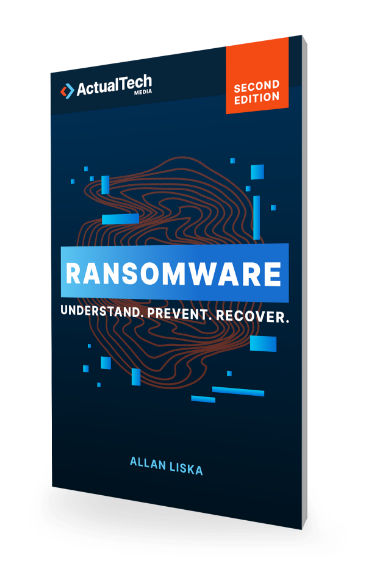
Download The "Ransomware Backup Strategy" Cheat Sheet
Ransomware resistant backup strategy is key to preventing Ransomware. Grab this free PDF resource today.
Home » How To Prevent Ransomware? » Passive Defense » Ransomware Backup Strategy
Prior to 2019, reliable backups combined with a good disaster recovery (DR) plan could get most organizations through a ransomware attack that they failed to detect. The recovery process might take a while, but most data would be restored and there would be no reason to pay the ransomware actor. With the advent of ransomware actors’ extortion strategy, reliable backups are no longer enough. Instead, a good backup strategy is only one component of preparation for a ransomware attack.
Although good backups are no longer enough as a defensive strategy against a ransomware attack , they’re still critical to the ransomware recovery process. Reliable and well-tested backups give a ransomware victim options. With no backups, or backups that can’t be restored, most organizations have very few options for recovery. In contrast, if an organization has confidence in its ability to restore from backups, they’re empowered to make a more nuanced decision. The organization won’t necessarily need to pay to decrypt files, so they must determine the sensitivity of the data exfiltrated by the ransomware actor.
Ransomware victims need every advantage they can get during ransomware recovery and negotiation with ransomware groups. Reliable and tested backups are one such advantage.



It’s the ransomware resource you can’t afford to be without. 437 Pages of ransomware know-how. Stay ahead of the cybercriminals: get your copy now!
